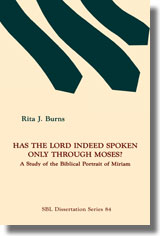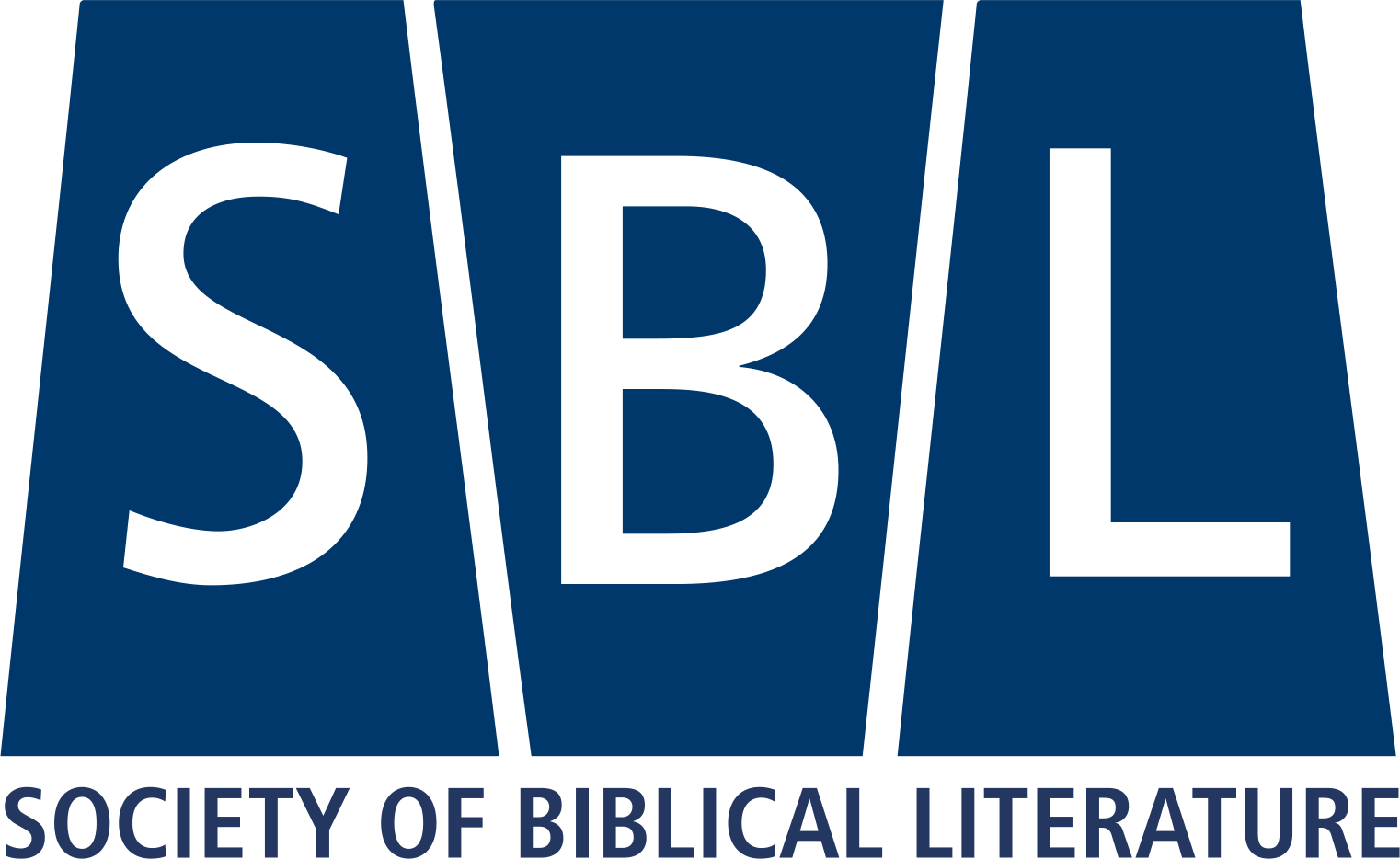
$18.00
“This Marquette University dissertation offers us the kind of study on which future treatments of women in the Old Testament must build. Burns’s detailed and comprehensive treatment of the seven biblical passages in which Miriam’s name appears is not intended as a ‘quest for the historical Miriam’ but rather as an attempt to characterize the overall biblical portrait of Miriam that can be gleaned by a synthetic analysis of the individual textual witnesses. Burns begins with Exodus 15:20–21 (Chap. 2), which she regards as the oldest version of the celebration at the sea. … Two independent controversy traditions are distinguished in Numbers 12:1–15 (Chap. 3).… Chapter 4 examines the kinship formulas that relate Miriam to Moses and Aaron in Exodus 15:20, Numbers 26:59, and 1 Chronicles 5:29, concluding that their function is to present Miriam as a colleague (‘sister,’ not wife or daughter) of the two male cultic leaders. … In Burns’s analysis of the three remaining texts (Chap. 5) she argues that Deuteronomy 24:8–9 rests on the tradition of Numbers 12:10ff. and assumes that Miriam was well known to both the seventh- and sixth-century audiences of the doubly redacted text. Micah 6:4 is interpreted as a Deuteronomic contribution, representing a specifically southern tradition of Miriam as a leader in the wilderness community, sent by God, along with Moses and Aaron. Finally, the death and burial notice of Numbers 20:1 is seen as an early and authentic tradition, identifying Miriam with the shrine of Kadesh and the wilderness generation. … All [readers] should be grateful to Burns for constructing a far fuller and more discriminating portrait than hitherto available.”
— Phyllis A. Bird, Interpretation
